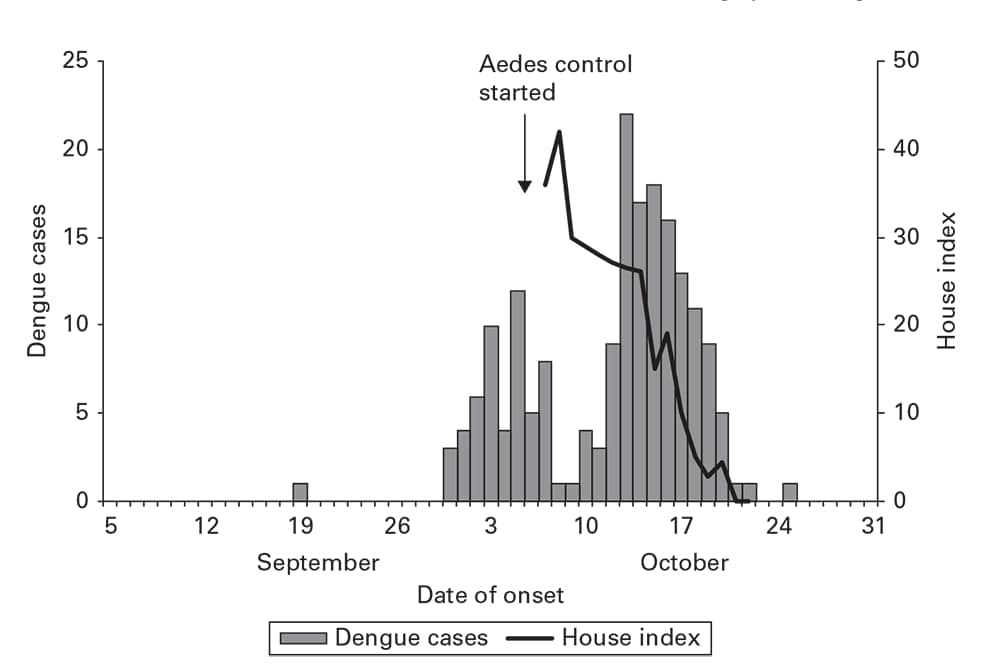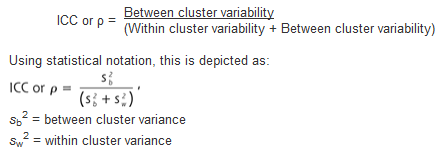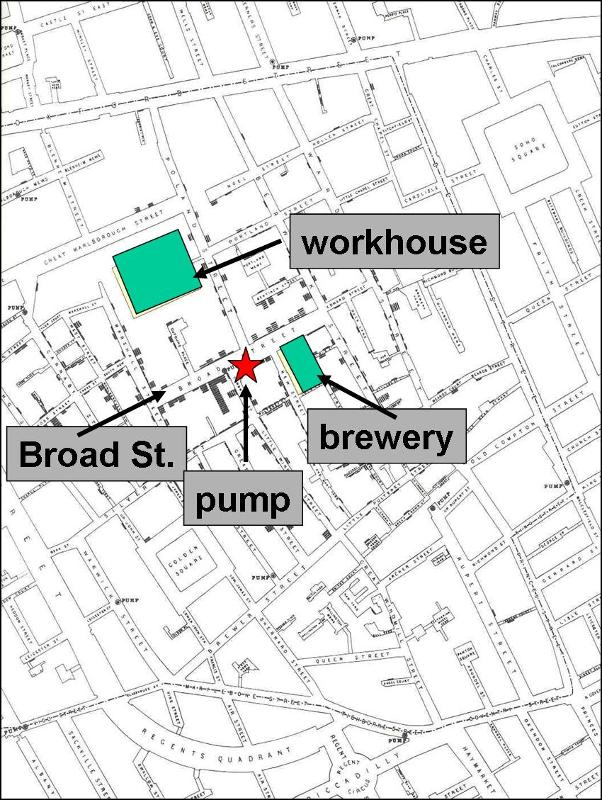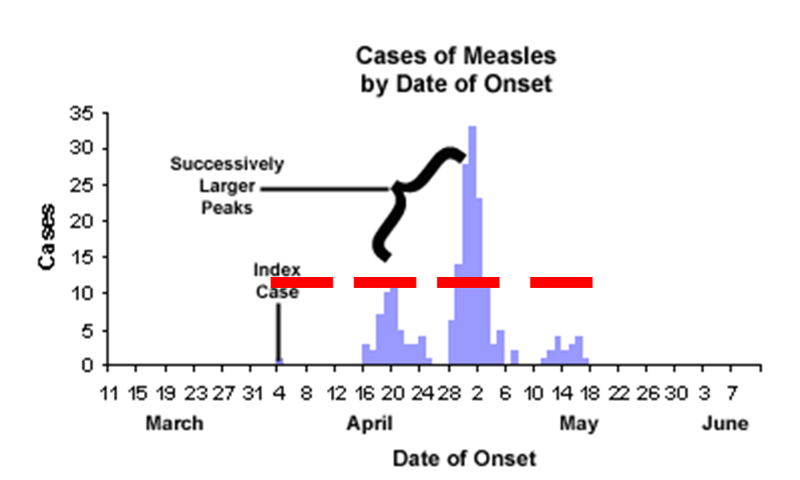Cluster Definition Epidemiology
The statistical analysis of spatial or space-time distributions of disease with the goal of detecting clusters local data compared to standard population p-values. A generic term for any of the regions in the UK Eastern North East North West and West Midlands London and Southern created after consultation with.

The Epidemiology Of Covid 19 In Malaysia The Lancet Regional Health Western Pacific
The definitions are to inform local alerts.

Cluster definition epidemiology. Disease clusters are aggregations of cases of a specific disease in space andor time in a community or an occupational group at a level greater than expected by chance. A disease cluster is an unusually large aggregation of a relatively uncommon medical condition or event within a particular geographical location or period. This is determined by cluster analysis a set of statistical methods used to analyze clusters.
A group of similar or identical objects occurring naturally in close proximity as grapes or so assembled as beads. As per the Guidelines for the Investigation and Control of Disease Outbreaks ESR 2012 any two or more linked COVID-19 cases. Typically when clusters are recognized they are reported to public health departments in the local area.
Disease clusters are occurrences of seemingly unexpected diseases for which no. Definition of a cluster Standard definition. In addition a single case within a vulnerable residential institution such as a.
The number of cases in the cluster may or may not exceed the expected number. This guidance provides nationally agreed epidemiological definitions for coronavirus COVID-19 outbreaks and clusters in particular settings. The identification of a cluster using this definition does not necessarily mean there is a causal agent because some cancer clusters occur simply by.
We conducted a systematic literature review covering the definition and epidemiology of the time-space clustering of suicidal behavior. Co-occurrences of cases are commonplace and such occurrences are. A cluster refers to a grouping of health-related events that are related temporally and in proximity.
An aggregation of cases of a disease or other health-related condition. Ad Publishing research related to all aspects of epidemics. The epidemic of cholera which occurred in London in the 1850s is a classical example of a cluster.
Definition Background and Characteristics of Clusters. Epidemiology is the. Clyster Farlex Partner Medical Dictionary Farlex 2012.
A cluster refers to a grouping of health-related events that are related temporally and in proximity. Significance testing significant clustering means a cluster is detected or follow-up necessary pre-epidemiology. Epidemiological functions and services at Sunshine Coast Public.
Study of the occurrence and distribution of health-related events states and processes in specified populations including the study of the determinants influencing such processes and the application of this knowledge to control relevant health problems. Clusters can happen by chance diseases dont occur evenly across a community. The epidemic of cholera which occurred in London in the 1850s is a classical example of a cluster.
Welcoming papers with implications for achieving the SDG3 of good health and well-being. Cluster headache is a primary headache disorder affecting up to 01 of the population. Typically when clusters are recognized they are reported to public health departments in the local area.
In epidemiology a countable instance in the population or study group of a. If clusters are of sufficient size and. As used in these guidelines the term cluster is an unusual aggregation real or perceived of health events that are grouped together in time and space and that are reported to a health agency.
Patients suffer from cluster headache attacks lasting from 15 to 180 min up to 8 times a day. Ad Publishing research related to all aspects of epidemics. The attacks are characterized by the severe unilateral pain mainly in the first division of the trigeminal nerve with associated prominent unilateral cranial.
In epidemiology an aggregation of cases of a disease or another health-related condition such as a cancer or birth defect closely grouped in time and place. Recognition of a cluster depends on its size being seen as greater than would be expected by the play of chance. A set of standard criteria for deciding whether a person has a.
Sometimes people with the same non-communicable disease just happen to be in the same geographical area. A cancer cluster is the occurrence of a greater than expected number of cancer cases within a group of people in a geographical area over a period of time. Definition of cluster and of clustering Clusters consist of an increase in the incidence of a disease with a magnitude that is less than that of an epidemic perhaps excluding the possibility that this increase is a result of chance.
If clusters are of sufficient size and. A cluster is an unusual aggregation real or perceived of health events that are grouped together in time and space and that is reported to a public health department. Dealing with anxiety Whether or not a non-communicable disease cluster is.
Welcoming papers with implications for achieving the SDG3 of good health and well-being. Suicide clusters are a rare and underresearched phenomenon which attract wide media attention and result in heightened concern in the communities where they occur.

Clustered Data Effects On Sample Size And Approaches To Analysis Health Knowledge


Posting Komentar untuk "Cluster Definition Epidemiology"